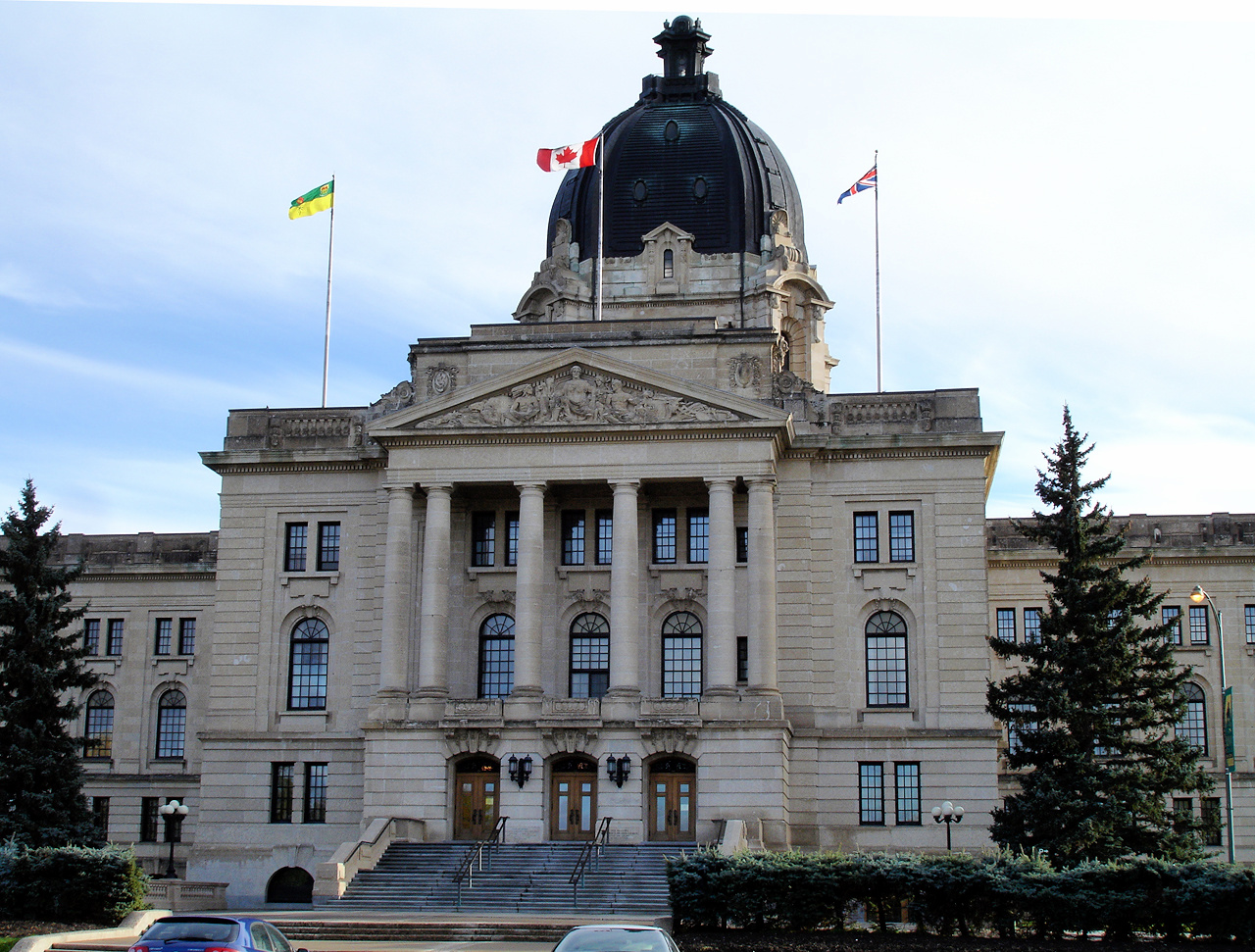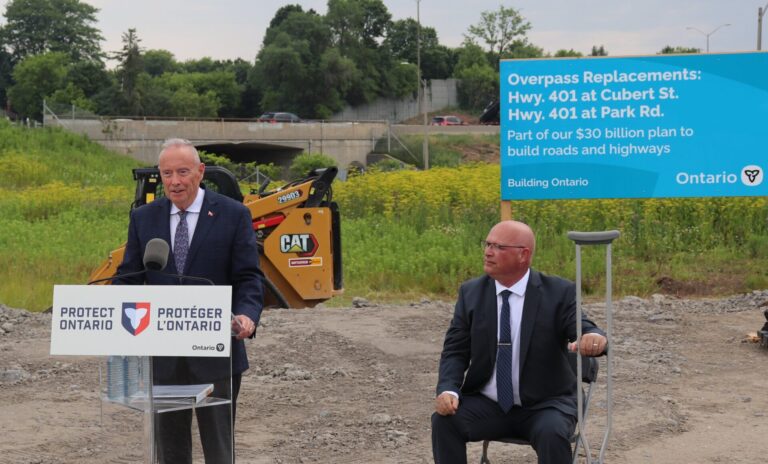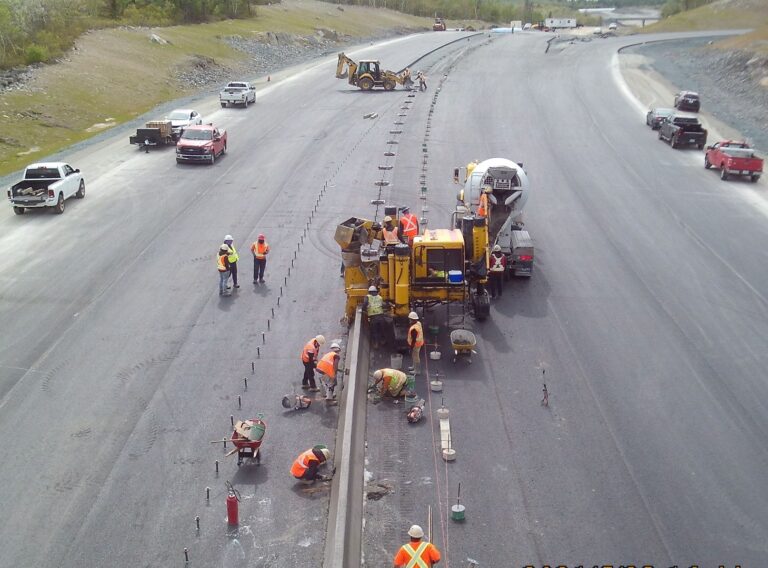Premier Scott Moe today announced a $7.5 billion, two-year capital plan to build a strong Saskatchewan and stimulate Saskatchewan’s economic recovery from the impact of the COVID-19 pandemic. The $7.5 billion in infrastructure funding represents a $2.0 billion increase over the government’s existing capital plan.
“Over the next two years, our government will invest $7.5 billion in schools, hospitals, highways, Crown utility projects, municipal infrastructure, and other important capital projects designed to build a strong Saskatchewan,” Moe said. “This is a $2.0 billion economic booster-shot over and above the $5.5 billion our government had already planned to invest in capital projects over the next two years and will be an important step in our province’s economic recovery.”
The $7.5 billion stimulus package will be committed over the next two years and includes the $2.7 billion Crown and executive government capital spending already accounted for in the province’s 2020-21 Estimates, and the $2.8 billion Crown and executive government capital spending projected for the 2021-22 fiscal year.
The $2.0 billion stimulus injection will balance the need for smaller, short-term projects to jump-start economic activity and get people back to work quickly with longer-term, large-scale projects that leverage multiple sectors over the next several years. The capital injection includes new capital funding of more than $300 million for highways projects, $200 million for health infrastructure, and $135 million for education infrastructure.
Allocation of $2.0 Billion to build Saskatchewan
The $2.0 billion capital injection to build a strong Saskatchewan is allocated as follows:
- Approximately $1.37 billion for large infrastructure projects, including $103 million for health and $110.5 million for education, with additional allocations to be announced at a later date. SaskBuilds will provide oversight as well as project management and procurement expertise. Design, engineering, architecture, construction, and project management costs are included in this total with the goal of ensuring projects are shovel ready by 2021-22.
- More than $300 million for highway projects for thin membrane surface upgrades, passing lanes including $46 million dedicated for upgrades to municipal roads and airports.
- Approximately $181 million for renewal projects to reduce deferred maintenance on provincial and third-party assets and reduce operating costs through energy efficiency. This includes new allocations of $100 million for health and $25.9 million for education, with the remainder addressing priority projects in various other ministries and agencies.
- $150 million in a per capita payment through a new Municipal Economic Enhancement Program to support infrastructure projects in communities across the province.
$2.7 Billion of capital funding Announced March 18, 2020
Announced on March 18, in the Government’s 2020-21 Estimates, the $2.7 billion of previously committed capital funding includes the announcement of a number of important infrastructure projects across Saskatchewan, including $980.7 million of executive government spending and $1.75 billion of Crown sector spending.
Specific projects included:
- $130.4 million in education capital funding for seven new school projects and three major renovation projects. Projects include a new joint-use elementary school in Harbour Landing in Regina, as well as a joint-use consolidation of St. Peter, St. Michael and Imperial elementary schools in Regina. Other new school projects include St. Frances Elementary School in Saskatoon, the consolidation of Princess Alexandra, King George and Pleasant Hill elementary schools in Saskatoon, and a new consolidated elementary and high school in Carrot River.
- $142 million in health care capital spending—including $15 million to support the planning, design, and procurement activities for the more than $300 million project for a renewed and expanded Prince Albert Victoria Hospital; a $15.7 million investment to continue construction of a new, 72-bed, long-term seniors care facility in Meadow Lake; and $4.0 million for diagnostic imaging equipment, including $2.0 million to fulfil government’s commitment for a new CT scanner in Melfort.
- $377.5 million for transportation infrastructure, including – $357.6 million for more than 1,000 kilometres of improvements to the highway system, including 24 sets of passing lanes and various safety improvements throughout the province; the second year of the five-year $65 million Enhanced Intersection Safety Program; and$19.9 million for strategic municipal infrastructure such as the Rural Integrated Roads for Growth; urban connectors; and community airports.
- $165.7 million for municipal infrastructure, comprised of transfers to municipalities including the Gas Tax Fund ($62.6 million), Investing in Canada Infrastructure Program ($56 million), New Building Canada Fund ($45 million), transit assistance for people with disabilities ($0.8 million), Communities in Transition Funding ($0.7 million), and Clean Water and Waste Water Fund ($0.6 million).
Plan focuses on municipal impact
Over the next two years, more than $320 million will be provided for municipal infrastructure through the $150 million Municipal Economic Enhancement Program, the $130 million Investing in Canada Infrastructure Program, and the $46 million targeted funding through the Ministry of Highways for municipal roads and airports. This is without considering Municipal Revenue Sharing and other various municipal transfers highlighted in the 2020-21 estimates.
“Municipalities are the engines of economic growth in Saskatchewan,” Saskatchewan Urban Municipalities Association President Gordon Barnhart said. “We’ve been advocating for years for the development of a provincial infrastructure program, and we’re extremely pleased to see our provincial government implement one to help our economy recover in these challenging times.”
“The Saskatchewan Association of Rural Municipalities (SARM) is very pleased that the province has made the Infrastructure Stimulus announcement today,” SARM President Ray Orb said. “Investing in municipal infrastructure projects will help rural municipalities in rural Saskatchewan and will certainly help the provincial economy to recover.”
Construction, including maintenance and repair, has been designated an Allowable Business Service by the Government of Saskatchewan. To ensure the safety of workers and communities, work sites will be required to follow all physical distancing measures and restrictions that remain in place through the five phases of the province’s Re-Open Saskatchewan plan.
“Prior to the COVID-19 pandemic the provincial economy was already facing headwinds through depressed resource prices, anti-pipeline policies and rail blockades,” Saskatchewan Heavy Construction Association President Shantel Lipp said. “The announcement today will mean a big boost in the arm not only to the construction industry but to the province as a whole.”











